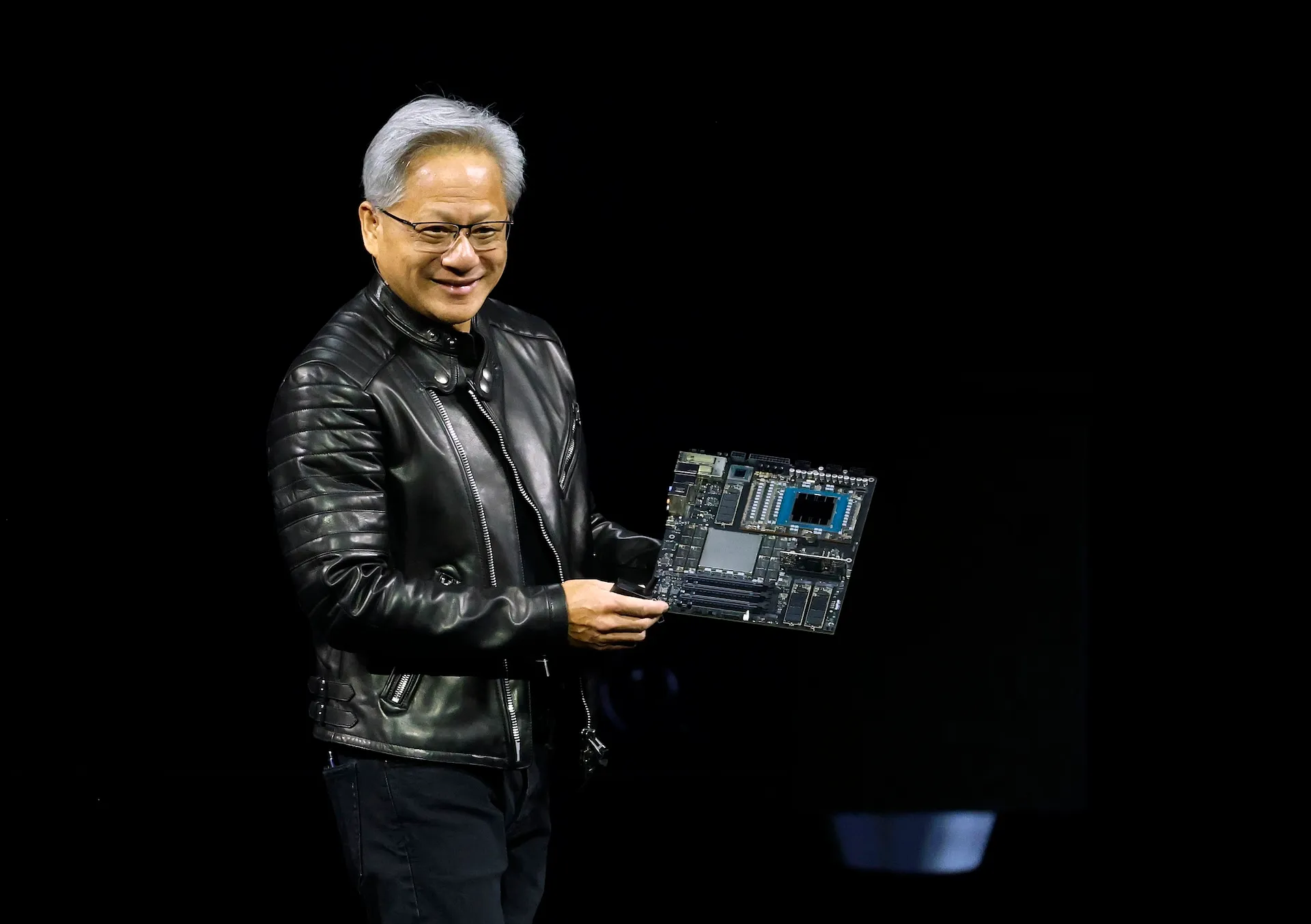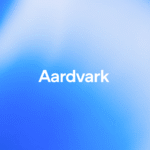NVIDIA Cosmos World Models: Charting the Future of Embodied Intelligence
In a monumental stride toward embodied AI, NVIDIA unveiled its latest breakthrough at SIGGRAPH 2025—a sprawling, interconnected ecosystem known as Cosmos. This platform comprises a suite of world models, AI infrastructure, simulation libraries, and reasoning tools built to empower robots and autonomous systems to understand, interact with, and predict physical environments in ways never before seen.
With its Cosmos Reason, Transfer‑2, and ecosystem-wide integration through Omniverse and high-performance computing hardware, NVIDIA is redefining the foundational tools that will power next-generation robotics, digital twins, industrial automation, and autonomous vehicles.
The Core Pillars of Cosmos: Models for the Physical World
Cosmos Reason: Embodied World Understanding
At the center of Cosmos is Cosmos Reason—a 7-billion-parameter vision-language world model (VLM) engineered to simulate physical reasoning in a manner akin to human cognition. Unlike typical LLMs confined to language tasks, Cosmos Reason allows AI agents to understand dynamic physical scenes, use chain-of-thought logic, and make context-aware decisions grounded in real-world physics.
This model isn’t just about image labeling or object detection—it can infer trajectories, anticipate collisions, and adapt to spatial uncertainty. Post-training reinforcement learning pipelines boosted Cosmos Reason’s performance on physical reasoning benchmarks by over 5 percentage points, hitting ~65.7% accuracy—one of the highest in its class.
Cosmos Transfer‑2: Synthetic Data Engine for Robotics
To bridge the gap between simulation and reality, NVIDIA introduced Cosmos Transfer‑2—a model that generates highly controllable synthetic datasets conditioned on 3D spatial environments. This unlocks scalable, automated training data creation for real-world tasks such as warehouse logistics, autonomous driving, and household robotics.
Its distilled variant offers real-time generation capabilities, enabling low-latency integration into control systems and simulation-to-reality transfer learning. For robotics developers constrained by limited labeled data, Cosmos Transfer‑2 becomes an indispensable tool.
AI Infrastructure and Simulation Libraries
NVIDIA’s vision goes beyond just model design—it provides a vertically integrated pipeline from simulation to real-world deployment.
Omniverse + NuRec Splatting
The Cosmos models plug directly into Omniverse, NVIDIA’s real-time 3D development platform, which now supports advanced libraries like NuRec’s 3D Gaussian Splatting. These libraries enable real-time digital twin generation from raw video or LiDAR streams, enhancing robot perception systems and autonomous vehicle testing.
With interoperability with tools like CARLA, developers can build, test, and deploy full-stack robotic agents that learn in hyper-realistic synthetic environments—then operate in the real world with minimal performance drop
AI Compute: DGX Cloud, RTX Pro, and Blackwell
Running these models at scale requires serious horsepower. NVIDIA now supports Cosmos workloads via:
- DGX Cloud: For training massive models with elastic scalability.
- RTX PRO Blackwell Servers: Delivering high-speed inference for on-prem applications.
- L4 and L40 GPUs: For edge AI deployments in mobile robotics and industrial settings.
This end-to-end hardware support ensures Cosmos is not just research-friendly—it’s ready for enterprise deployment across sectors like manufacturing, logistics, healthcare, and defense.
Real-World Adoption and Industry Momentum
NVIDIA isn’t going it alone. The Cosmos ecosystem is already being adopted by major players:
- Boston Dynamics is using it to simulate and train agile locomotion strategies.
- Amazon Devices & Services integrates Cosmos into warehouse robotics planning.
- Hexagon and Figure AI are applying it to factory automation and humanoid control systems.
The tools are also open-access, available via GitHub and Hugging Face, offering developers across academia and industry the opportunity to fine-tune or extend models for specialized use cases.
Cosmos Drive Dreams: Autonomous Vehicle Simulation
Among the specialized branches of Cosmos, Drive Dreams stands out. It generates diverse, high-fidelity driving scenarios—critical for training autonomous vehicles to handle long-tail edge cases like occluded pedestrians or erratic traffic.
Using video tokenization and simulation augmentation, Drive Dreams is capable of generating rare-but-plausible environments that can exponentially improve policy learning for AV systems.
NVIDIA’s Vision: From Virtual Worlds to Real Intelligence
Cosmos is more than a collection of tools—it reflects Jensen Huang’s strategic vision that “physical AI”—the convergence of perception, planning, and embodiment—will define the next wave of innovation, worth trillions of dollars globally.
Speaking at SIGGRAPH, Huang noted that building intelligent agents that see, reason, and act within the real world is the next frontier. With Cosmos, NVIDIA is delivering the infrastructure that brings this vision within reach.
Final Take: Cosmos Redefines the AI Stack for the Physical World
With Cosmos, NVIDIA has created the most ambitious and comprehensive platform to date for training, simulating, and deploying AI agents in physical environments. It offers the world modeling intelligence of a foundation model, the simulation flexibility of Omniverse, and the infrastructure backbone of NVIDIA’s hardware ecosystem.
As industries—from autonomous vehicles to humanoid robotics—seek smarter, safer, and more adaptable agents, Cosmos offers the neural DNA to build them.
Want a downloadable infographic or ecosystem diagram summarizing Cosmos’s components? Just say the word.









